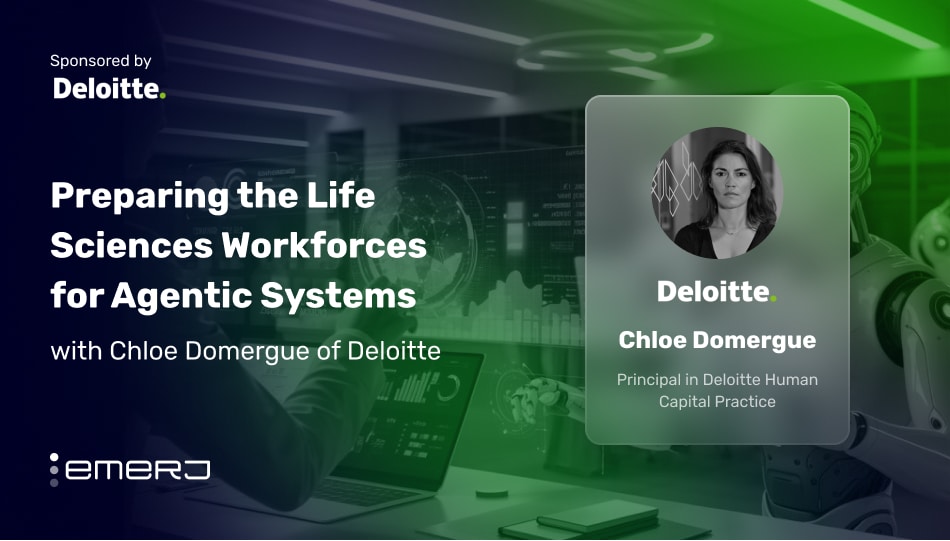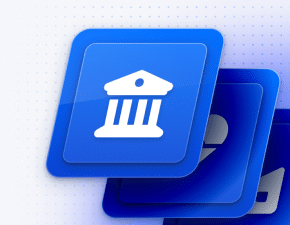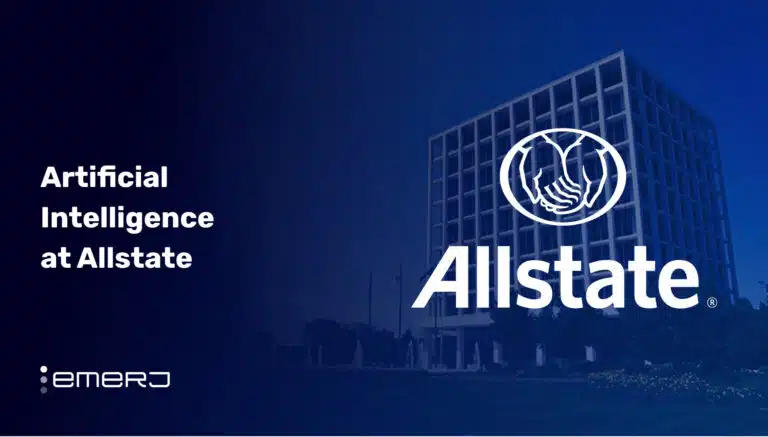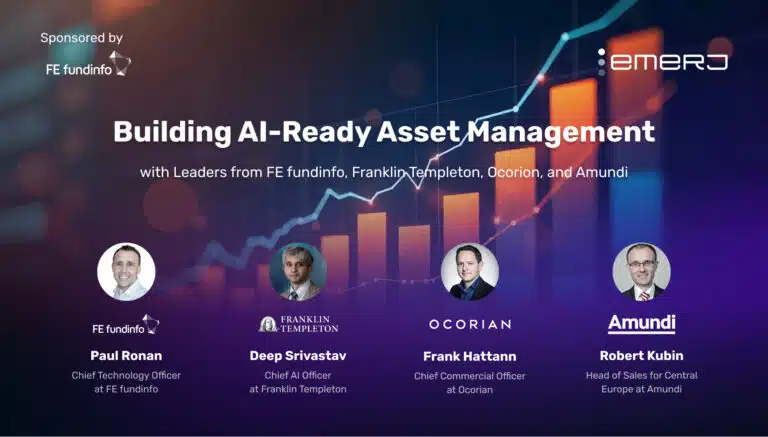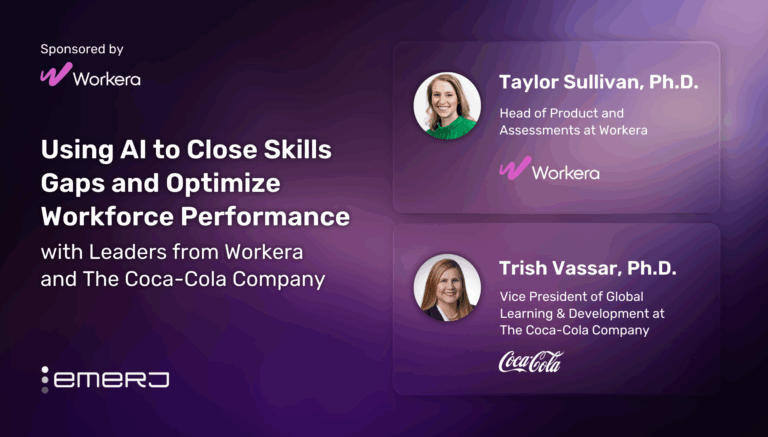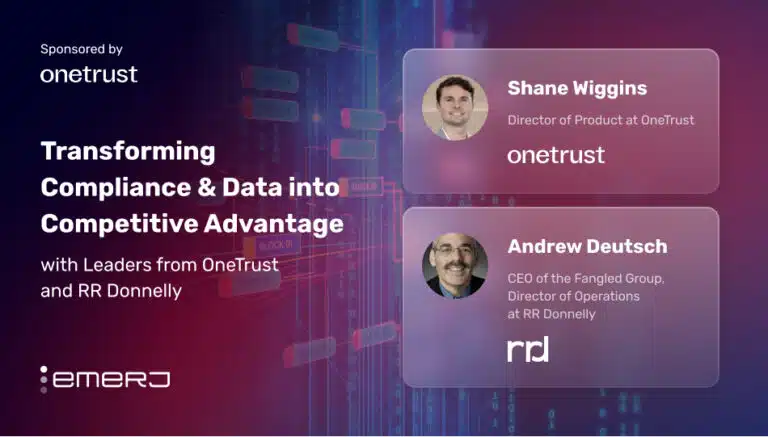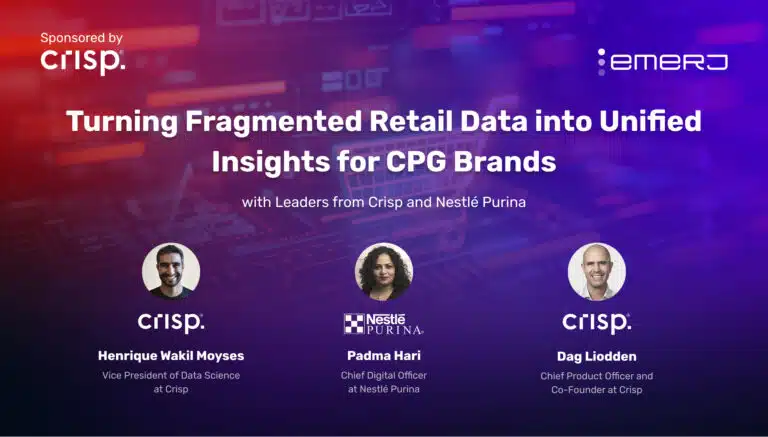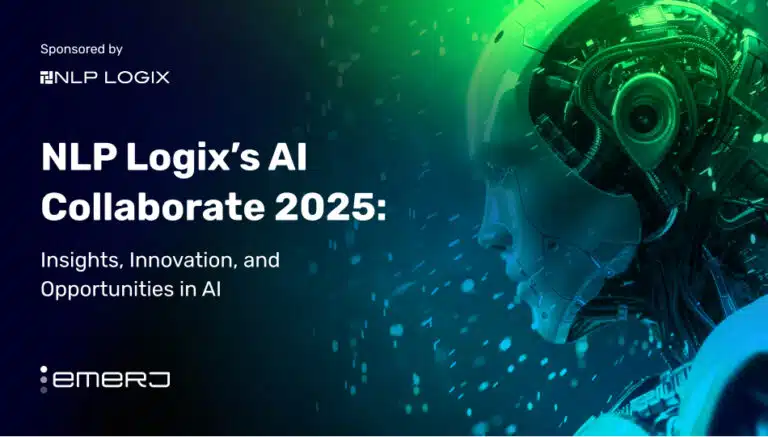This interview analysis is sponsored by Deloitte and was written, edited, and published in alignment with our Emerj sponsored content guidelines. Learn more about our thought leadership and content creation services on our Emerj Media Services page.
Organizations are increasingly adopting AI technologies to enhance efficiency and innovation. However, successful integration of AI requires building trust among employees and stakeholders. As detailed in new studies published in the National Library of Medicine, trust is a critical factor in the acceptance and effective use of AI systems within organizations.
Citing widely regarded research from David Gefen at the LeBow College of Business in 2000 on trust in eCommerce, the paper makes a sterling case that trust in automated systems is based on “the confidence, based on past interactions, in expecting actions from automation that align with one’s expectations and benefit oneself.”
The study also highlights that fear of job displacement and mistrust of AI’s decisions are major adoption barriers. It recommends fostering transparency, clear communication about AI as a tool, and involving employees in development to build trust and ownership.
In line with these findings, a consequential MIT study from last year on managing skills gaps discusses the challenges of AI adoption in the workplace, emphasizing the need for organizations to bridge the gap between technological advancements and employee readiness.
That research cites an MIT CISR survey from 2022 in which leaders noted an “average 38 percent of their organization’s workforce required fundamental retraining or replacement within three years to address workforce skills gaps.”
Emerj Senior Editor Matthew DeMello recently sat down with Chloë Domergue, Principal in the Human Capital Practice at Deloitte, to talk about integrating human-centered design and AI into workflows to enhance learning, collaboration, and trust in the workplace.
From their conversation, this article articulates the following two key insights for logistics and data leaders:
- Streamlining learning with real-time integration: Embedding learning into daily workflows and leveraging content factory models to accelerate the creation and delivery of compliant training materials, addressing the unique needs of regulated industries.
- Leveraging agentic AI as a collaborative partner: Integrating agentic AI into workflows to amplify human creativity, accelerate innovation, and maintain a competitive edge.
- Balancing AI adoption with the 80/20 rule for maximum impact: Using the 80/20 rule to balance high-quality AI outputs with occasional imperfections, focusing on areas where AI can deliver maximum impact.
Guest: Chloë Domergue, Principal in the Human Capital Practice, Deloitte
Expertise: Talent Strategies, Human Capital, Capacity Building
Brief Recognition: Chloë Domergue is a principal in Deloitte’s Human Capital practice, bringing more than 15 years of consulting experience with global life sciences clients. Her core expertise includes talent strategies, culture transformation, and leadership alignment. She is also a visiting lecturer at Cornell Tech.
Streamlining Learning with Real-Time Integration
Chloë begins her podcast appearance by discussing the challenges in redesigning learning journeys for critical roles in the life sciences sector. She breaks it down into three categories:
- Relevance and Timing: Traditional learning methods, where content is provided months or years before its application, are ineffective. Workers struggle to retain and apply knowledge when it’s not tied to the moment of need.
- Sector-Specific Complexity: Life sciences learning paths are more intricate due to regulatory requirements. Training field forces who interact with medical professionals requires precision and compliance, unlike less regulated industries.
- The pace of Change: The speed at which new technologies and processes emerge far outpaces the ability to develop, review, and approve training content under strict regulatory frameworks.
To address these challenges, she suggests a human-centered design approach that helps create learning pathways that integrate seamlessly into daily workflows.
Chloë explains that organizations are rethinking learning pathways using human-centered design to integrate training seamlessly into daily workflows. Traditional approaches, where content is learned long before it is applied, are ineffective as they hinder knowledge retention and timely application.
Instead, learning must align with the flow of work, allowing employees to gain skills precisely when needed. This shift is particularly challenging in regulated industries like life sciences, where training requirements are complex and demand rigorous oversight.
Unlike less intricate environments, life sciences training requires careful alignment with professional standards, making it difficult to match the pace of content development with real-time learning needs:
“And so what we’re seeing is very similar to content generation being a place of curiosity, especially when it comes to medical writing, etc., where there is a lot of exploration of how we can use content factory-type approaches to accelerate certain parts of the regulatory process.
How can we think about learning content in the same way as something that can be accelerated by the use of a content generation factory applied to the space of learning? So there are some innovations that we’re seeing that will likely accelerate the path of production and digestion of content.”
– Chloë Domergue, Principal in the Human Capital Practice at Deloitte
Leveraging agentic AI as a Collaborative Partner
Chloë reflects on the transformative impact of AI on work and addresses the fear of job displacement. She emphasizes the importance of adopting an optimistic perspective and embracing AI as a tool for collaboration rather than competition.
She acknowledges a common fear – the possibility of being replaced by AI. However, she reframes these concerns with an often-quoted phrase that highlights a key reality — that individuals ‘won’t be replaced by AI itself but by those who learn to use AI effectively.’
She extends the idea to emphasize the increasing role of AI agents and suggests that mastering their use will be essential to staying relevant in the workforce.
Chloë points out that AI is now capable of performing tasks once considered uniquely human, such as generating text, ideas, music, images, and videos. These “agentic” capabilities have created uncertainty about what differentiates humans in the workspace. As AI mimics human-like behaviors, it challenges traditional notions of creativity, innovation, and human uniqueness.
Rather than resisting particularly agentic AI, she advocates for integrating these technologies directly into workflows. She envisions AI agents as collaborative partners that can amplify human potential, drive performance, and accelerate discovery.
In life sciences specifically, she sees agentic AI as a powerful enabler for groundbreaking advancements in health and medicine, offering the potential to improve humanity’s well-being.
She then pivots the conversation to talk of trust while adopting deterministic, GenAI, and agent-based systems. She highlights how trust must be established both externally with customers and internally with employees to ensure the successful adoption and use of these technologies.
She observes that increased access to information often leads to greater skepticism. People demand more insights and validation when interacting with AI-generated outputs. Their mistrust applies equally to customers and employees, who may be wary of AI systems’ accuracy and reliability.
Chloë shares an anecdote about an HR chatbot used to answer policy-related questions. An employee distrusted the chatbot’s response but accepted the same information when it was re-shared by a human. The example highlights the innate bias favoring human-provided information over AI-generated content, even when the source is identical.
Balancing AI Adoption with the 80/20 Rule for Maximum Impact
She goes on to stress the need to manage expectations, using an “80/20 rule” to balance high-quality outputs with occasional imperfections in AI-generated information. Via the 80-20 ratio, leaders must guide employees through these journeys with honesty and clarity, ensuring AI is seen as a supportive tool rather than a threat:
“We are in an era where information is being doubted everywhere, and it’s the same in the workplace. It is essential to disproportionately invest in creating a space of adoption that’s really ‘don’t trust’ and to find multiple channels and ways to use leaders and executives to bring forward the journey that you’re taking your organization on.
[These leaders need] to find champions deeply rooted in the organization that you have as your tester, as people that are truly playing and interfacing with the system early on, that are part of the design team and are bringing their colleagues along the journey.”
– Chloë Domergue, Principal in the Human Capital Practice at Deloitte
Organizations must prioritize personalized change management by understanding individual employee preferences, motivations, and behaviors. Leveraging employee data can help design tailored strategies that foster trust and engagement.
A systemic approach is essential, combining individual-focused efforts with broader organizational dynamics. Such an approach includes, Chloë says, considering how employees operate within teams, ecosystems, and networks to ensure holistic adoption.


